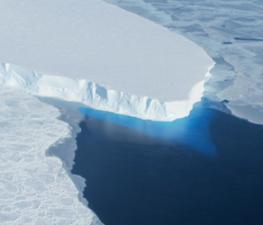 As has so often been the case, predictions of the impact of climate change have been proven to be inaccurate. The problem is not that they have been too alarmist, but that they haven’t been alarmist enough. For the past several years, scientists have warned of the melting of West Antarctica’s Thwaites glacier, which now appears to be melting faster than had been feared.
As has so often been the case, predictions of the impact of climate change have been proven to be inaccurate. The problem is not that they have been too alarmist, but that they haven’t been alarmist enough. For the past several years, scientists have warned of the melting of West Antarctica’s Thwaites glacier, which now appears to be melting faster than had been feared.
As described by the BBC: Glaciologists have described Thwaites as the “most important” glacier in the world, the “riskiest” glacier, even the “doomsday” glacier. It is massive – roughly the size of Britain. It already accounts for 4% of world sea-level rise each year – a huge figure for a single glacier – and satellite data show that it is melting increasingly rapidly.

 About a year ago
About a year ago  In honor of Black History Month, a post about the first African-American pilot in the US Navy,
In honor of Black History Month, a post about the first African-American pilot in the US Navy, 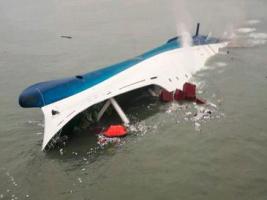 On the morning of April 16, 2014, the ro-ro/passenger ferry
On the morning of April 16, 2014, the ro-ro/passenger ferry 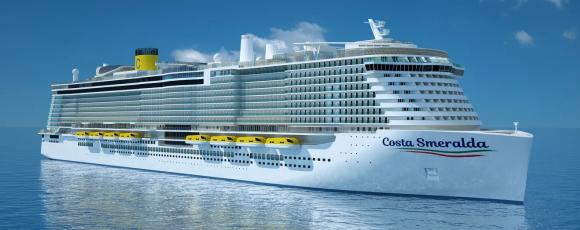 UPDATE: The illness which sickened a passenger was determined not to be the coronavirus and the 6,000 passengers and crew were allowed to disembark from the Costa Smeralda. Two cases of the coronavirus, not related to the cruise ship, were diagnosed in Rome, however.
UPDATE: The illness which sickened a passenger was determined not to be the coronavirus and the 6,000 passengers and crew were allowed to disembark from the Costa Smeralda. Two cases of the coronavirus, not related to the cruise ship, were diagnosed in Rome, however. Four years ago, we
Four years ago, we 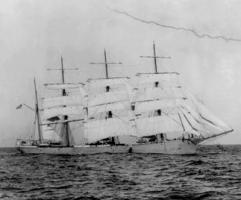 On January 28, 1915, the US flag four-masted bark
On January 28, 1915, the US flag four-masted bark  More than thirty years ago, I sat on the rotting planks of the old Pier 17 in the East River in Manhattan and listened to Bernie Clay and the X-Seaman’s Institute sing a song about the schooner Alice S. Wentworth. The song became known as the “
More than thirty years ago, I sat on the rotting planks of the old Pier 17 in the East River in Manhattan and listened to Bernie Clay and the X-Seaman’s Institute sing a song about the schooner Alice S. Wentworth. The song became known as the “ On New Year’s Eve, in 20-foot seas and high winds, the 130′ crab boat
On New Year’s Eve, in 20-foot seas and high winds, the 130′ crab boat 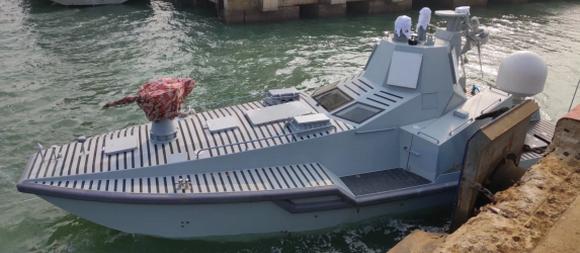
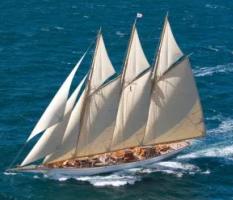
 The
The 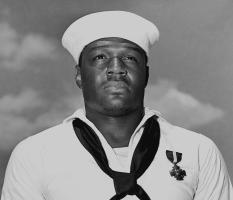 Today, on Martin Luther King, Jr. Day, the US Navy officially named the newest of the future
Today, on Martin Luther King, Jr. Day, the US Navy officially named the newest of the future 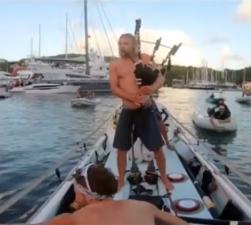 Congratulations to
Congratulations to 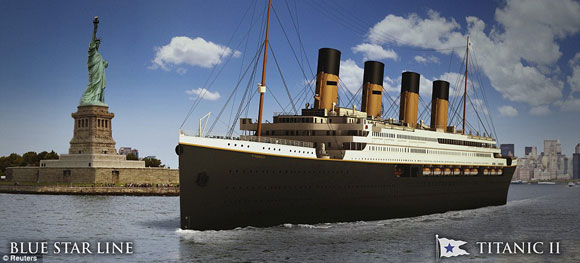 Will the Titanic II ever be built? And if so, when will it sail?
Will the Titanic II ever be built? And if so, when will it sail?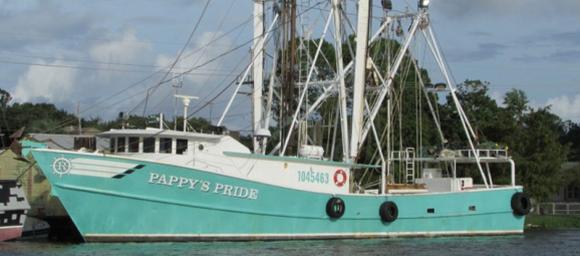 On Tuesday around 3:35 PM the Coast Guard in Galveston, TX was notified that a fishing boat, the 82′ long
On Tuesday around 3:35 PM the Coast Guard in Galveston, TX was notified that a fishing boat, the 82′ long  We are having a relatively warm January with significantly fluctuating temperatures. Similar weather conditions 101 years ago, coupled with a shoddily built storage tank, caused the Great Boston Molasses Flood, which inundated Boston’s North End sending a wall of molasses, killing 21 and injuring 150. A repost about the tragedy.
We are having a relatively warm January with significantly fluctuating temperatures. Similar weather conditions 101 years ago, coupled with a shoddily built storage tank, caused the Great Boston Molasses Flood, which inundated Boston’s North End sending a wall of molasses, killing 21 and injuring 150. A repost about the tragedy.